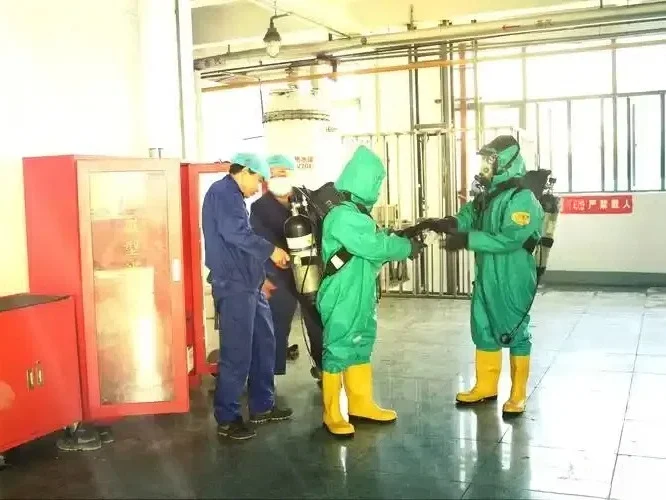
Introduction
Cyanides, especially Sodium Cyanide, are extremely toxic substances. Improper handling can lead to severe health hazards, environmental pollution, and even endanger lives. Therefore, it is of great importance to have a deep understanding and strictly follow safety protocols when dealing with these chemicals.
Personal Protective Equipment (PPE)
Respiratory Protection
It is necessary to use a self - contained breathing apparatus (SCBA) equipped with a full - face mask. Given that Cyanides can be inhaled in the form of dust, fumes, or gas, this measure is particularly crucial. The SCBA should be equipped with a high - efficiency particulate air (HEPA) filter to prevent any cyanide - containing particles from entering the respiratory system.
Protective Clothing
Wear a chemical - resistant suit made of materials such as Tyvek or neoprene. The suit should cover the entire body, including hands, feet, and head. It is recommended to wear impermeable gloves made of butyl rubber to protect the hands. Safety boots with steel toes and chemical - resistant soles are also essential to effectively prevent the feet from coming into contact with cyanides.
Eye Protection
In addition to the SCBA face mask, chemical - splash goggles should also be equipped. These goggles can provide an additional layer of protection to block cyanide solutions from splashing into the eyes.
Handling Precautions
Storage
Cyanides should be stored in a specially designated and well - ventilated area, away from heat sources, acids, and oxidizing agents. Cyanides react violently with acids to produce highly toxic hydrogen cyanide gas. The Storage containers must be tightly sealed and clearly labeled with the chemical name, hazard warnings, and handling instructions.
Transfer and Use
When transferring cyanides from one container to another, use special funnels and transfer equipment compatible with cyanides. Direct pouring by hand is strictly prohibited. In a laboratory or industrial environment, all operations involving cyanides should be carried out in a fume hood to prevent toxic fumes from spreading to the general work area.
Use calibrated weighing scales or volumetric equipment to accurately measure cyanides. Avoid over - measuring or leakage, because even a very small amount of cyanide can pose great risks.
Emergency Response Plan
Training
All personnel who may come into contact with cyanides must receive training on Emergency response procedures. The training content covers identifying the symptoms of cyanide poisoning (such as headache, dizziness, rapid breathing, loss of consciousness, etc.) and mastering the implementation methods of first - aid measures.
Emergency Equipment
An emergency eyewash station and a safety shower should be provided in the work area. In case of skin or eye contact with cyanides, immediate flushing with a large amount of water is the key. In addition, special cyanide antidotes such as hydroxocobalamin, sodium nitrite, and sodium thiosulfate should be stocked on - site, but they must be used under the guidance of medical professionals.
Clear evacuation routes and procedures should be formulated. In the event of a large - scale cyanide leak or release, employees should know how to evacuate the area quickly and safely.
Disposal of Cyanides
Chemical Treatment
One of the common methods for treating cyanide - containing waste is chemical oxidation. Sodium hypochlorite (bleach) can be used to oxidize cyanides into less toxic substances. This reaction should be carefully controlled in a well - ventilated area. The general reaction formula is as follows:
2NaCN + 5NaClO + H₂O → N₂ + 2NaHCO₃ + 5NaCl
Another option is to use hydrogen peroxide under the action of a catalyst. This process can also convert cyanides into non - toxic products.
Neutralization
After oxidation treatment, the solution may need to be neutralized. If the treated solution is acidic due to the oxidation process, a base such as sodium hydroxide can be used to adjust the pH value to the neutral range (pH 6 - 9).
Compliance Disposal
After cyanides are treated and neutralized, the generated waste must be disposed of in accordance with local, state, and federal environmental regulations. This usually means sending the waste to a licensed hazardous waste disposal facility.
Conclusion
Handling cyanides, especially sodium cyanide, requires great vigilance and strict compliance with safety procedures. From choosing appropriate personal protective equipment, formulating emergency Response Plans, to safe disposal methods, every step in the handling process needs to be carefully considered. By strictly following these guidelines, we can minimize the risks associated with these highly toxic substances and effectively ensure the safety of workers and the environment.
- Random Content
- Hot content
- Hot review content
- Industrial concentrated nitric acid 55%-68%
- Dithiophosphate 25S
- Sodiumsulfite Technical Grade 96%-98%
- Antimonium Tartrate Potassium
- Food Grade Heavy Light Precipitated Calcium Carbonate Powder Granular 99%
- Fuel Additive Octane Value Booster Ferrocene
- Ethylene carbonate
- 1Discounted Sodium Cyanide (CAS: 143-33-9) for Mining - High Quality & Competitive Pricing
- 2China's New Regulations on Sodium Cyanide Exports and Guidance for International Buyers
- 3Sodium Cyanide 98% CAS 143-33-9 gold dressing agent Essential for Mining and Chemical Industries
- 4International Cyanide(Sodium cyanide) Management Code - Gold Mine Acceptance Standards
- 5China factory Sulfuric Acid 98%
- 6Anhydrous Oxalic acid 99.6% Industrial Grade
- 7Oxalic acid for mining 99.6%
- 1Sodium Cyanide 98% CAS 143-33-9 gold dressing agent Essential for Mining and Chemical Industries
- 2High Quality 99% Purity of Cyanuric chloride ISO 9001:2005 REACH Verified Producer
- 3Zinc chloride ZnCl2 for High Molecular Weight Polymers Initiator
- 4High Purity · Stable Performance · Higher Recovery — sodium cyanide for modern gold leaching
- 5High Quality Sodium Ferrocyanide / Sodium Hexacyanoferr
- 6Gold Ore Dressing Agent Safe Gold Extracting Agent Replace Sodium Cyanide
- 7Sodium Cyanide 98%+ CAS 143-33-9

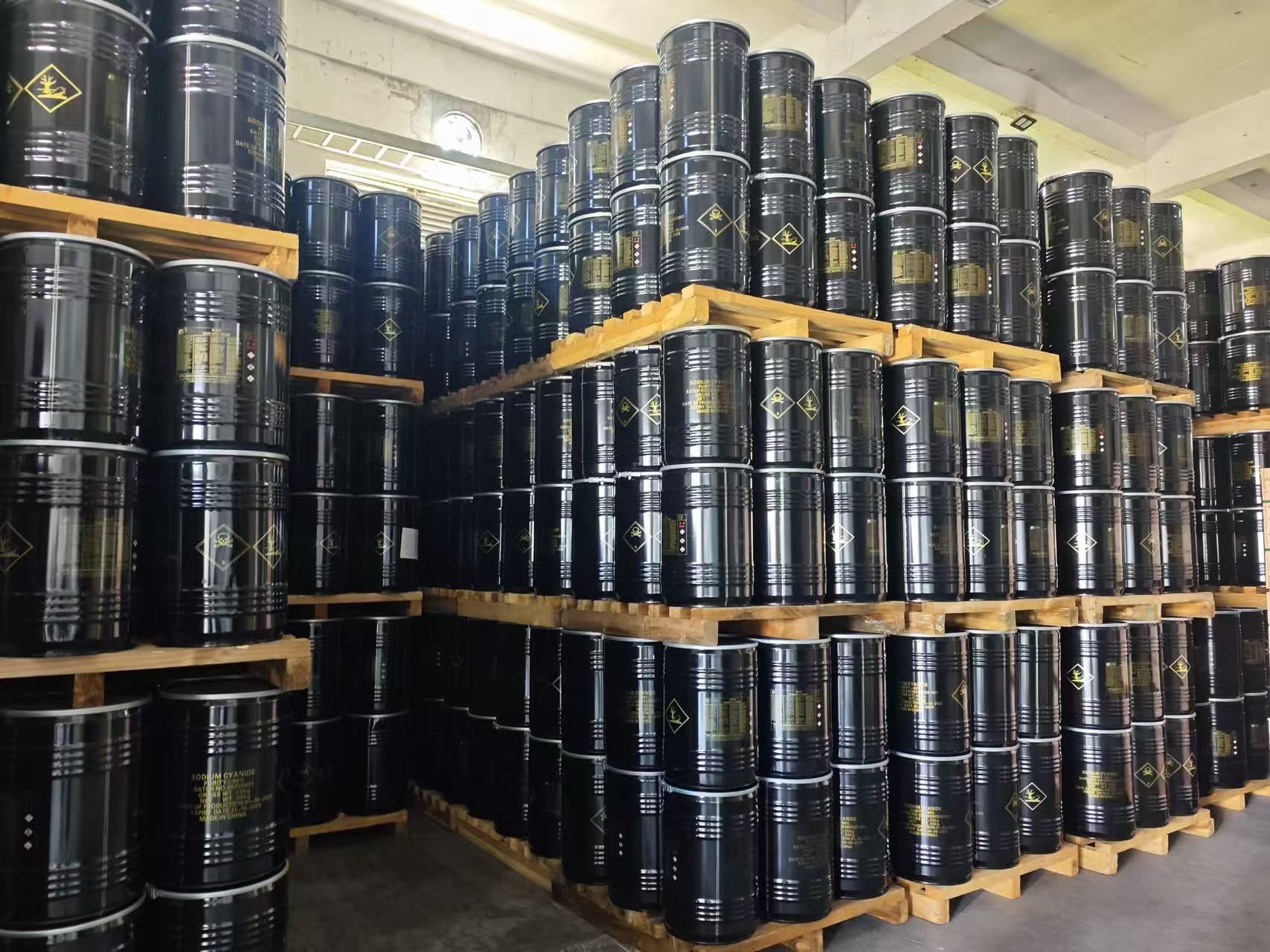
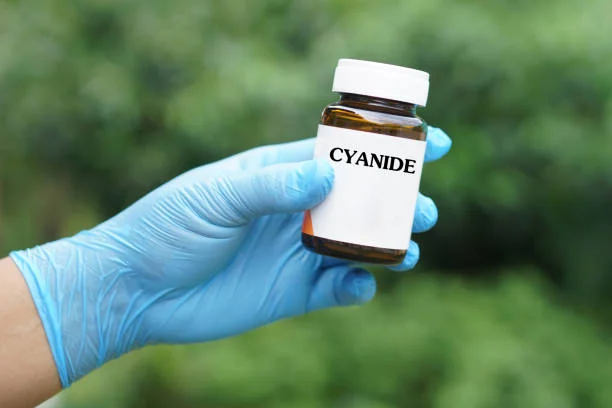
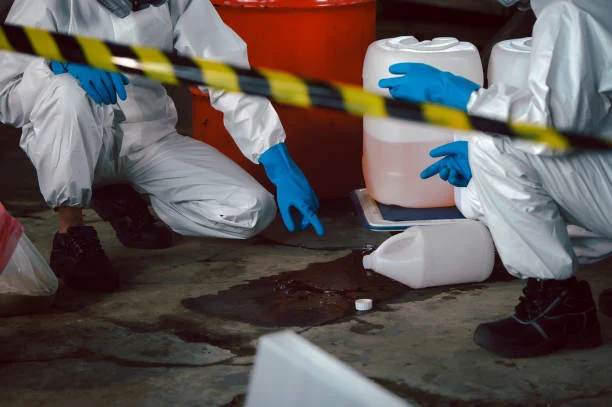




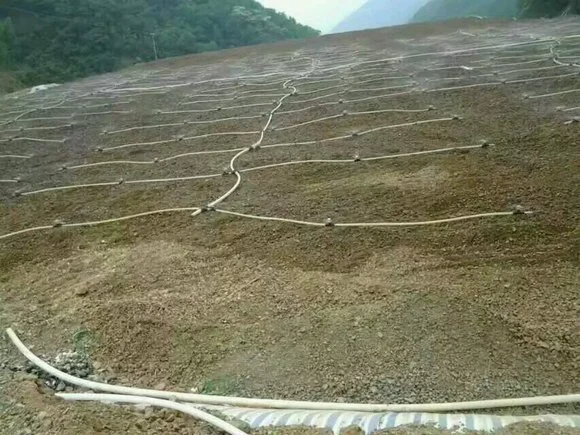


Online message consultation
Add comment: